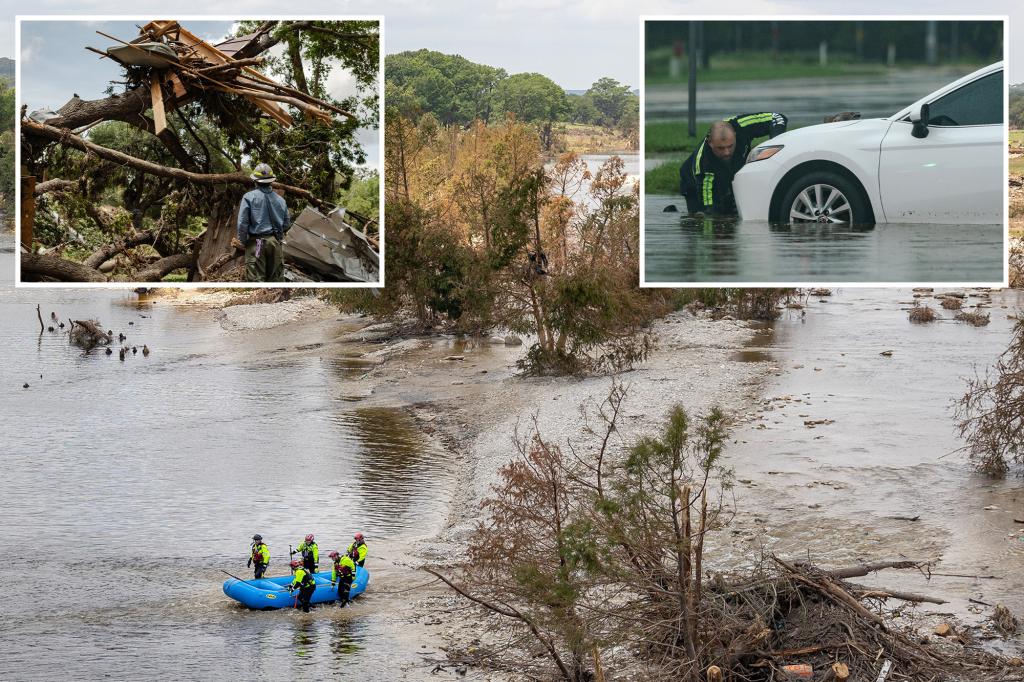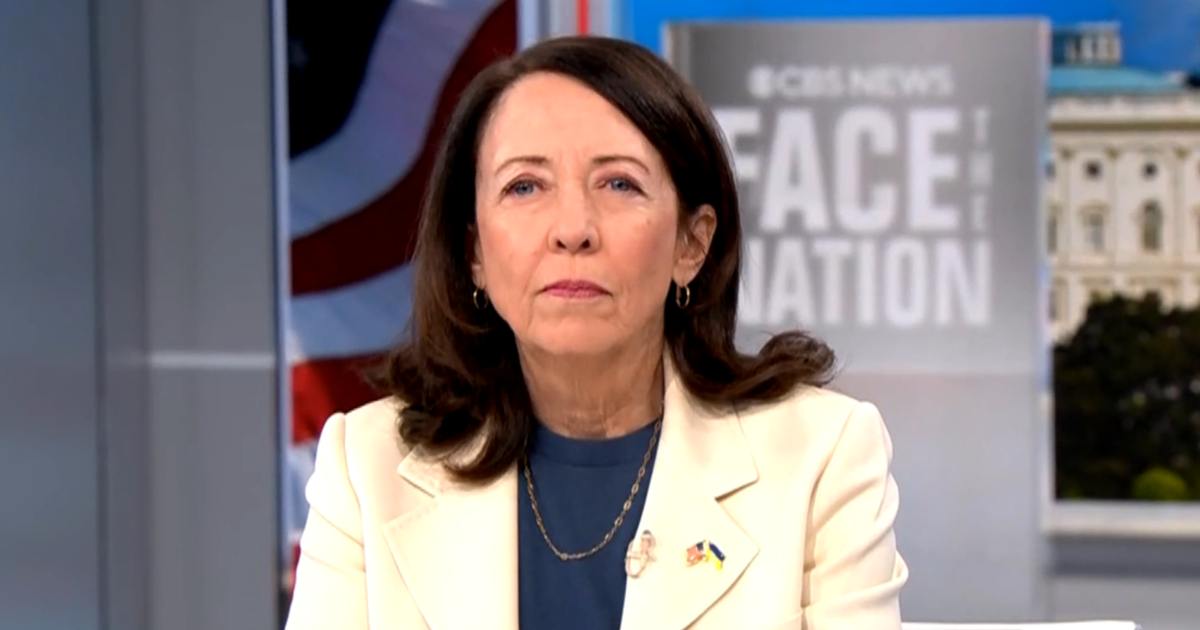Unprecedented Winds Challenge L.A.’s Wildfire Preparedness
As Southern California faces the harsh realities of extreme weather, the recent statements from FEMA’s administrator underscore the complexities involved in wildfire preparedness. With winds reaching an astonishing 100 miles per hour, the challenges that Los Angeles encounters are not just about readiness; they are about adapting to the evolving threats posed by climate change.
The Current Landscape of Wildfire Preparedness
Los Angeles has long been accustomed to dealing with wildfires, with its rugged terrain and dry climate creating a perfect storm for potential disasters. Over the years, significant investments in wildfire management and emergency response systems have been made. Local agencies have developed extensive evacuation plans, implemented controlled burns, and invested in community awareness programs. However, the recent remarks from FEMA Chief Deanne Criswell highlight that these preparations are being tested like never before.
“We have a robust system in place,” Criswell stated. “But we must acknowledge that the unprecedented winds we’re experiencing this season challenge even the best-laid plans.” This statement raises pivotal questions about the resilience of existing infrastructure and emergency protocols in the face of increasingly severe weather patterns.
The Impact of Climate Change
Climate change is no longer a distant threat; it is a current reality that is reshaping weather patterns worldwide. In Southern California, rising temperatures, prolonged droughts, and now, extreme wind events are becoming more common. These factors not only increase the likelihood of wildfires but also exacerbate their intensity and speed. Here are a few critical aspects to consider:
- Increased Frequency of Extreme Weather: The National Oceanic and Atmospheric Administration (NOAA) has reported a rise in the frequency and intensity of extreme weather events across the United States. Southern California is experiencing this firsthand, making it essential for local governments to reassess their emergency plans regularly.
- Infrastructure Vulnerability: Many of the existing infrastructures, such as power lines and communication systems, were designed to withstand typical weather conditions. The new normal, characterized by unprecedented winds, is straining these systems, leading to increased risks of outages and communication failures during emergencies.
- Community Resilience: The community’s ability to adapt plays a crucial role in wildfire preparedness. Engaging local residents in preparedness programs and fostering a culture of readiness can significantly mitigate risks associated with wildfires.
Emergency Response Challenges
The challenges posed by unprecedented winds extend beyond the immediate threat of wildfires. Emergency response teams are now grappling with a range of complications:
- Evacuation Difficulties: High winds can create dangerous conditions that hinder evacuation routes, making it difficult for residents to flee affected areas. FEMA has emphasized the importance of having multiple evacuation pathways and clear communication strategies to inform the public during emergencies.
- Resource Allocation: With fierce winds, resources can become strained quickly. Firefighters may find themselves overwhelmed, necessitating a more strategic approach to resource allocation and mutual aid agreements with neighboring jurisdictions.
- Communication Infrastructure: The reliability of communication systems is paramount in emergencies. With extreme winds potentially downing power lines and disrupting cell service, ensuring that residents receive timely information becomes a pressing concern.
Lessons from Recent Events
Recent wildfires in California have provided valuable lessons that can inform future preparedness efforts. The devastating Camp Fire in 2018 and the more recent Lake Fire serve as reminders of the destructive potential of wildfires, particularly when exacerbated by extreme weather conditions.
Key takeaways from these events include:
- Proactive Measures: Initiatives such as creating defensible spaces around homes, enforcing stricter building codes in fire-prone areas, and increasing vegetation management can significantly reduce fire risks.
- Community Involvement: Programs that encourage community involvement in wildfire preparedness, such as neighborhood watch groups and local training sessions, can empower residents to take action.
- Technological Innovations: Advancements in technology, such as artificial intelligence for predicting fire behavior and drones for real-time assessment, can enhance firefighting efforts and improve response times.
Looking Ahead: Strengthening Resilience
As Los Angeles confronts these challenges, the path forward involves a multi-faceted approach that incorporates innovative strategies and community engagement. Here are some avenues for strengthening wildfire preparedness:
- Investment in Infrastructure: Upgrading existing infrastructure to withstand extreme weather conditions is crucial. This includes reinforcing power lines, improving drainage systems, and enhancing communication networks.
- Enhanced Training Programs: Regular training for emergency responders on the latest wildfire management techniques and emergency protocols can improve response effectiveness. Simulated evacuation drills can also help communities prepare.
- Community Education Initiatives: Ongoing education campaigns can inform residents about the importance of preparedness and the steps they can take to protect their homes and families.
Conclusion
The unprecedented winds that challenge Los Angeles’s wildfire preparedness serve as a clarion call for action. While FEMA’s administrator acknowledges the city’s readiness, it is clear that the landscape of wildfire management is changing. As climate change continues to reshape our world, proactive measures, community resilience, and innovative solutions will be essential in combating the threats posed by wildfires.
In the face of adversity, there lies an opportunity for growth and improvement. By embracing new technologies, fostering community partnerships, and investing in infrastructure, Los Angeles can enhance its wildfire preparedness and pave the way for a safer future.
See more Your Daily Weather



